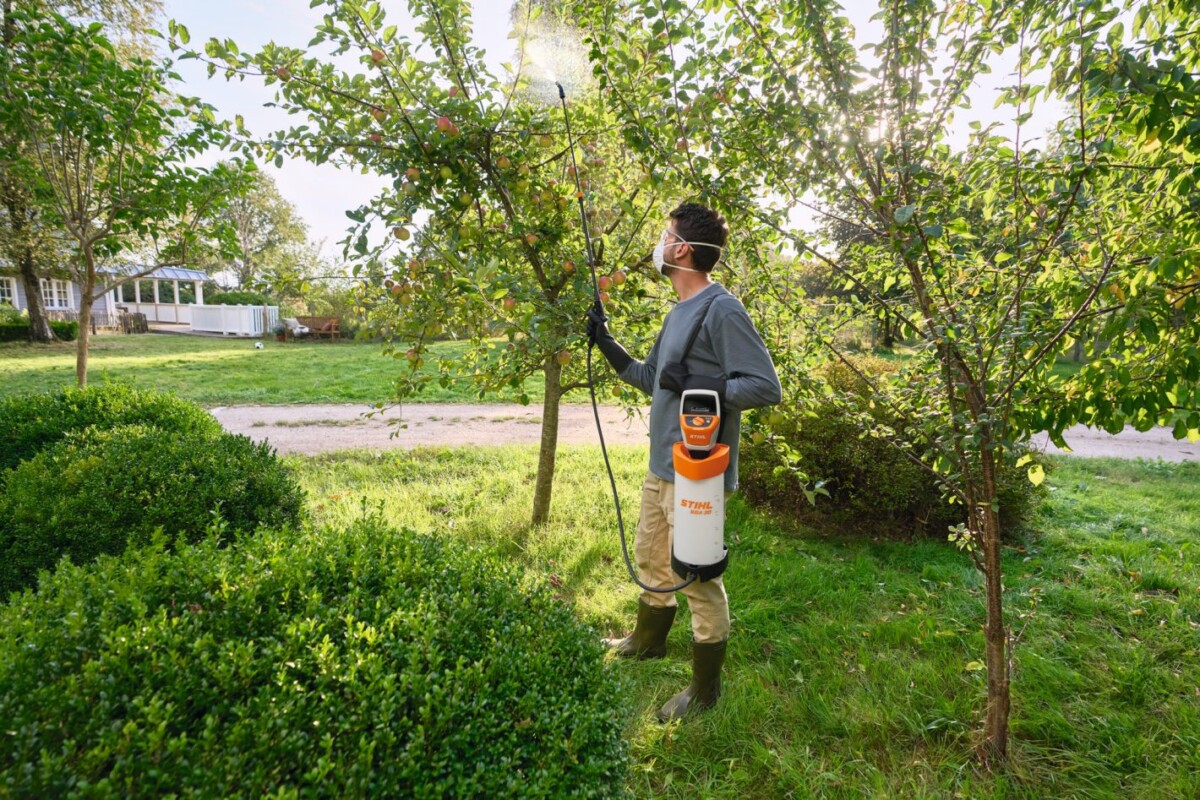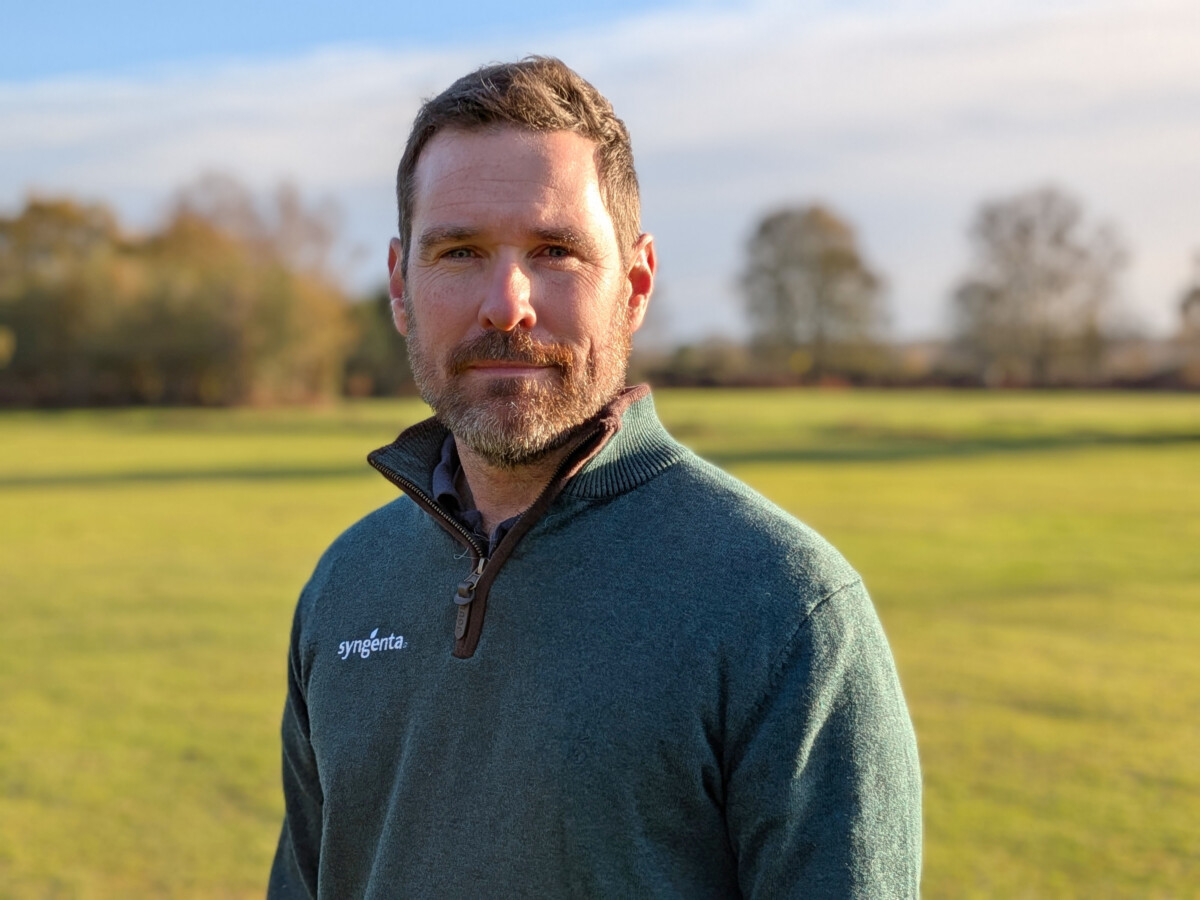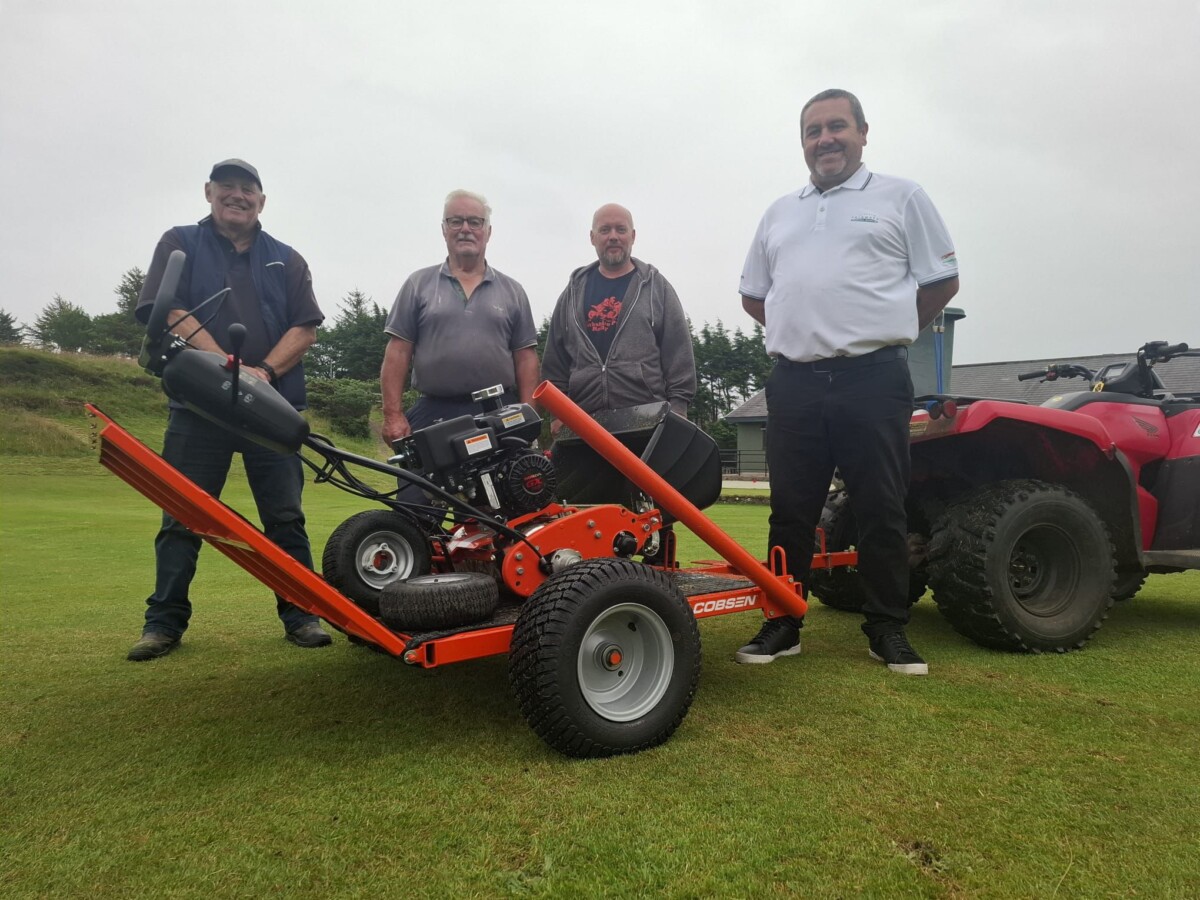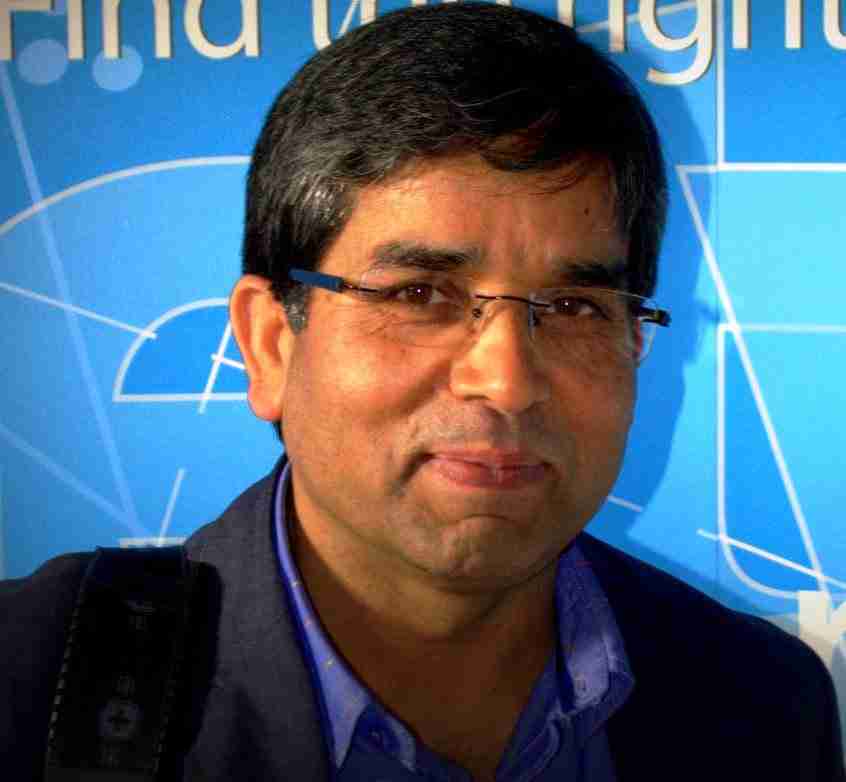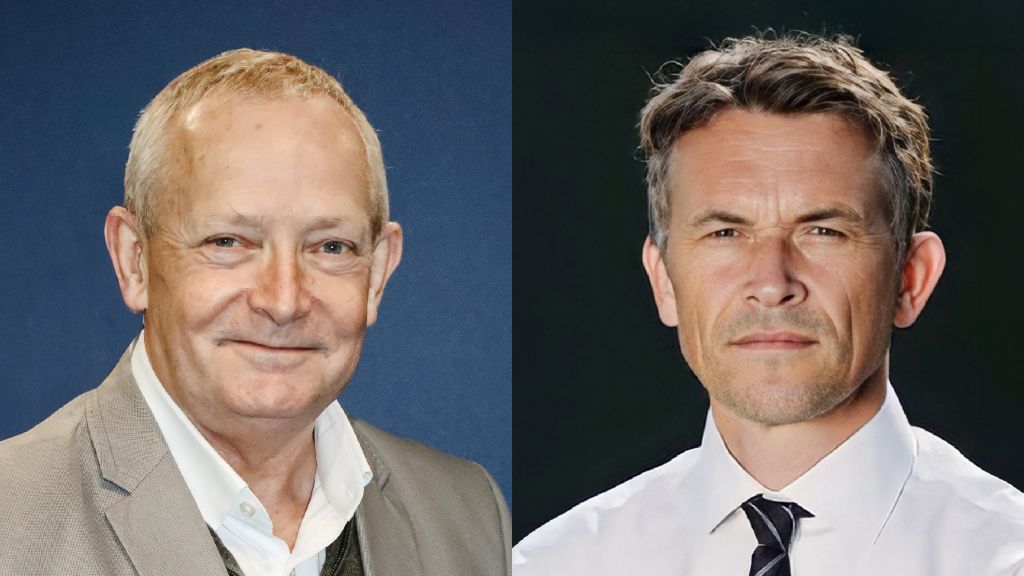 Scott MacCallum meets up with Lee Evans, Head Groundsman at the Principality Stadium with the Champion’s League Final looming
Scott MacCallum meets up with Lee Evans, Head Groundsman at the Principality Stadium with the Champion’s League Final looming
There can be no more iconic stadium in whole of the UK than the wonderful Principality, located slap bang in the centre of rugby mad Cardiff. As the National Stadium of Wales it plays host not only to the country’s rugby team, but also its football, while in the “non grass” season it plays host to a range of different events from rock and pop concerts to speedway and monster trucks.
The ability to close the roof not only amplifies an already ferocious atmosphere from the 75,000 capacity crowd, but also adds to its ability to welcome a full range of activities with a guarantee of perfect conditions.
It has hosted some of the biggest sporting events ever held in the UK, including FA Cup and Rugby World Cup finals, but this June it will host its biggest sporting event of all – the UEFA Champion’s League Final – probably the biggest sporting match in outside of the FIFA World Cup final itself.
The man who ensures that the playing surface at the Principality remains tip top, in less than straightforward grass going conditions, is Head Groundsman, Lee Evans.
 “I’ve been fortunate to have prepared pitches for FA Cup finals, Charity Shields, Rugby World Cups, Rugby League World Cups and Olympic Football, but this will be the biggest event I’ve ever overseen. I can’t wait,” said Lee, with the infectious enthusiasm which gives you the belief that everything he tackles is done so with a combination of pride and zeal.
“I’ve been fortunate to have prepared pitches for FA Cup finals, Charity Shields, Rugby World Cups, Rugby League World Cups and Olympic Football, but this will be the biggest event I’ve ever overseen. I can’t wait,” said Lee, with the infectious enthusiasm which gives you the belief that everything he tackles is done so with a combination of pride and zeal.
“I was fortunate enough to work at the last year’s final in Milan, the idea being that I get to experience the run up to the final, and what is going to be happening on the pitch in the lead up to the match itself.”
While coping with a bit of razzmatazz pre-match is not new to Lee and his team – have you seen a Six Nations Rugby match lately? – the Champions League final is literally a whole new ball game, and not just with the number of flags on the pitch and volume of fireworks released.
“The main difference is the quality of the playing surface expected by UEFA. There are different parameters for rugby and there is strict criteria on how they want the pitch prepared and that goes for the length of cut, the pattern of the pitch, moisture levels etc.
“There are testing procedures which we have to go through to make sure that we are on track for what they are demanding. We actually had a test this week,” revealed Lee, as we sat in the front row of the stands just beside the dead ball area at the North Stand end.
Other changes, which don’t particularly impact upon Lee and his team but which highlight the sheer scale of the operation, include some work in the stands themselves.
“There is going to be a new television gantry fitted to the top of the North Stand and the whole of the stadium, as well as the city itself, will be transformed for the Final,” said Lee.
“Where I normally store my lighting rigs will become television studios, while the Cardiff Blue’s pitch next door to us will be covered for even more TV units.”
As I write, there is still a chance that Wales’ Golden Footballing Son, Gareth Bale, may grace the final for Real Madrid in his home country, so there is every likelihood it will go down as one of the greatest nights in Welsh sport’s history.
That said, Lee doesn’t need a big event looming in the calendar to get his juices flowing just turning up for work each day gives him a real tingle.
“I get a buzz every time I come through the gates. It is the national stadium of Wales and that is the reason I came to work here.”
Lee was speaking just a few days after the end of a monumental Six Nations Championship, one which saw him host two of the most exciting games this year offered up. One went against the home team, with England scoring a late try to keep their then unbeaten record on track and the other, a positive outcome against the mighty Irish.
 “You do get an opportunity to enjoy the match as if it’s a 3 o’clock kick off we are normally finished our pitch work by 10.30 or 11 with the rest of the time devoted to flag rehearsals on the pitch and fire work rehearsals. For the game itself we have the best seats in the house, sitting on the halfway line with nothing between us and the playing surface,” said Lee, who looks fit enough to compete himself, something he actually does as a midfield dynamo for his veteran’s football team.
“You do get an opportunity to enjoy the match as if it’s a 3 o’clock kick off we are normally finished our pitch work by 10.30 or 11 with the rest of the time devoted to flag rehearsals on the pitch and fire work rehearsals. For the game itself we have the best seats in the house, sitting on the halfway line with nothing between us and the playing surface,” said Lee, who looks fit enough to compete himself, something he actually does as a midfield dynamo for his veteran’s football team.
“Post match we try to get as much done as quickly as we can. We have 15 or 16 part-time staff who come in and help divot the pitch. We run the Hondas to clear the debris and then get the lighting rigs on. We can do it all in two hours with the extra bodies.
“It must be said we do work that much better when Wales have had a nice victory. That does make a difference.”
While the Principality – or the Millennium Stadium as it was until January 2016 – has been iconic since the day it opened its doors in 1999, one of things it was known for was the poor quality of the pitch itself.
I remember talking to an agronomist a few years after it had opened and he explained that growing grass in the Millennium Stadium was similar to attempting to grow grass in a toilet bowl “U” bend.
“It is a very challenging environment in which to grow grass,” admitted Lee, with an admirable degree of understatement.
“When I first started here 13 years ago the STRI came in and did some lighting test which revealed that we were the darkest stadium in Europe in which to grow grass. With a few more stadiums built since then we may not still have that record, but in addition Cardiff is also the wettest city in the UK.”
Initially the stadium boasted the only moveable palletised pitch in the UK. The only others Lee could think of was the Bird’s Nest Stadium in Bejing and another in Greece which were both used for the opening ceremonies of their respective Olympics.
“As we didn’t have lighting rigs until relatively recently we had to returf the pitch three or four times a season, basically because grass couldn’t survive in this environment. Every time the pitch was played on, or we had machinery on It, we lost a bit of grass cover.”
The advent of those lighting rigs meant that Lee was able to cut the re-turfs down to one a year and he know that with the rigs he could develop enough root to withstand modern day rugby. Until…
“Modern day rugby got ahead of what turf suppliers, and we, could achieve. Nowadays you can’t tell forwards and backs apart. They are all machines. Take the French pack for example. It is over 1000 kilos in combined weight – which is over a tonne. So, in the middle part of my career here, the turf, only 14mm thick, once again couldn’t withstand the rigours of the scrum. A tonne of weight would be pushing against a tonne of weight and it was inevitably going to tear and push up. So we had to make a decision on what to do next.”
Ultimately what they did was follow the route taken by other major stadiums in the country, and most recently in advance of the Principality, at BT Murrayfield in Edinburgh. They installed a DESSO Grassmaster pitch.
“BT Murrayfield went in the summer three years ago and we went in the autumn so now all Six Nations venues in the UK have DESSO Grassmaster pitches.
Its arrival has brought about changes in Lee’s maintenance practices.
“With a natural turf pitch we’d start off with 100% grass coverage and the challenge was to maintain that. With lighting rigs we could achieve that, until that modern rugby developed and the pressures were too great. With a DESSO Grassmaster you start off with plastic strands and the challenge is to achieve 100% grass cover within that surface.”
This is where the stadium’s multi-use capability doesn’t actually help Lee, because the “non grass” season in the summer means that no seeding can be carried out until mid to late September, a time when only a quarter of the pitch sees any sunlight at all. Most Head Groundsmen would be seeding at the end of June.
That presents a real challenge, but the fact that the Principality pitch no longer attracts the criticism that it once did shows that Lee and the team clear all the hurdles which are put in their way.
The latest tool in their box is the Seegrow tent, which sees Co2 being pumped into the tent to speed up the photosynthesis, thus aiding pitch recover.
“Co2, water and light is the formula for good grass and the Seegrow tent just enhances it. It is a controlled environment and we keep the tent on the same place for two days before moving it to the next spot.”
While that famous roof does create a unique atmosphere, and opportunities for coaches to work tactical advantages, Lee would be more than delighted if it was never closed at all.
“Grass doesn’t grow indoors, or in the dark! With the palletised pitch, which didn’t drain very well, it was important to be able to close the roof, because, as I’ve said, Cardiff is the wettest city in the UK. The DESSO Grassmaster is 97% sand and drains incredibly quickly without any help from the roof. If the roof is closed, though, the pitch will become wet by the second half. With 75,000 people in here the grass sweats,” he explained.
“The roof is closed if both sides agree and if that’s the case it is also closed for the Captains’ Run the day before. In my experience if the roof is shut for two or three days the grass plant starts to fall over on itself which isn’t great,” said Lee, who revealed that on one occasion England Coach, Stuart Lancaster, couldn’t decide what to do about the roof and eventually called him at 9 o’clock at night with his decision.
“He decided to close it but we went on to win easily as the atmosphere in here was rocking which very much plays in favour of the home team.”
I naively thought that with boxing matches, rock concerts, speedway and monster trucks on his pitch Lee and his team would be just as busy at these events as they are at the “grass reliant” events. Not so.
“Normally at the beginning of May we strip the vegetation off the pitch and put on the Terraplast covering. Last year we had six or seven concerts as well as the Monster Trucks and the speedway, which meant 3000 tonnes of shale spread out across the Terraplast. Once that is finished we take the Terraplast off and the pitch is relaid. We tend not to take any time off during the grass season so we take our time off when the pitch is covered as there is not so much work for us to do.”
On the up-coming schedule are concerts from Coldplay, Robbie Williams and Justin Bieber, each doing two nights each, and the Principality Grounds Team will have prepared the pitch for just short of 40 rugby matches and five football matches.
But it will be that very last football match which will be the one which creates the memories which Lee and his two colleagues will remember for the rest of their careers, and when that famous Champions League theme music is being played Lee and his team will have the best seats in the house.












